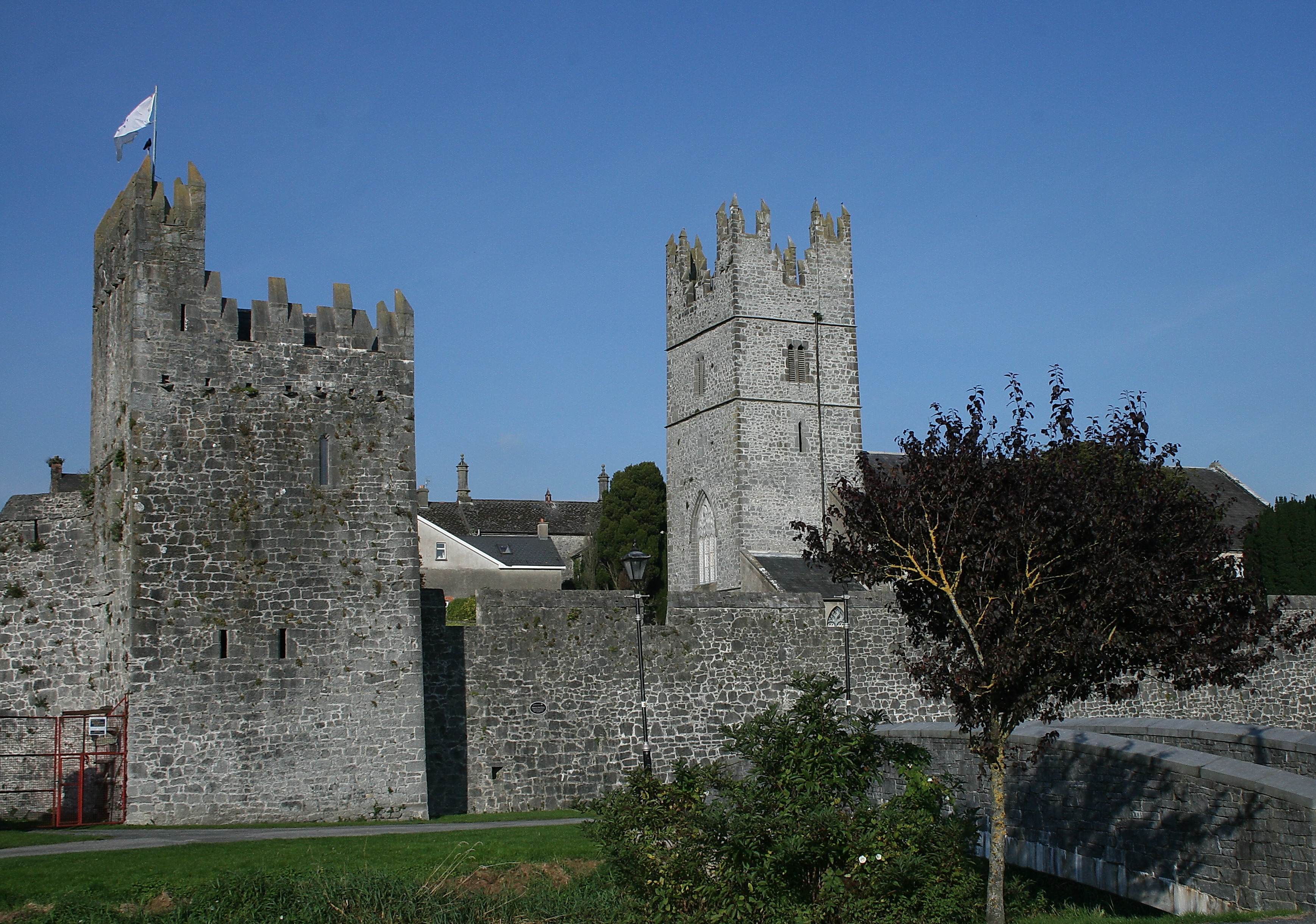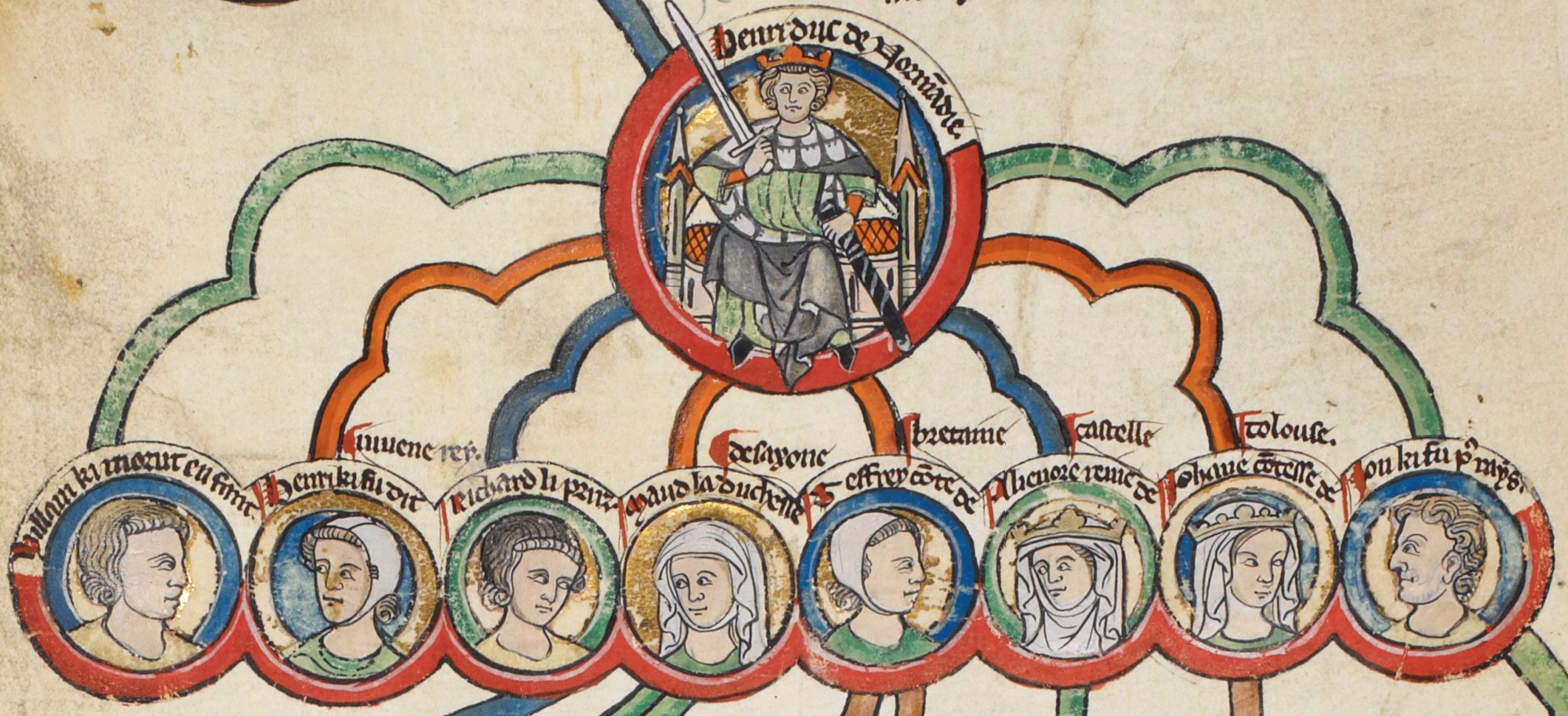|
1208 In Ireland
Events from the year 1208 in Ireland. Incumbent *Lord: John Events * The town and lands of Fethard, County Tipperary were lost to its founder, William de Braose, following a dispute he had with King John of England. * '' Auliffe O'Rothlain, Chief of Calry of Coolcarney, was slain by O'Moran.'' References 1200s in Ireland Ireland Ireland (, ; ; Ulster Scots dialect, Ulster-Scots: ) is an island in the North Atlantic Ocean, in Northwestern Europe. Geopolitically, the island is divided between the Republic of Ireland (officially Names of the Irish state, named Irelan ... Years of the 13th century in Ireland {{Ireland-year-stub ... [...More Info...] [...Related Items...] OR: [Wikipedia] [Google] [Baidu] |
Lordship Of Ireland
The Lordship of Ireland (), sometimes referred to retrospectively as Anglo-Norman Ireland, was the part of Ireland ruled by the King of England (styled as "Lord of Ireland") and controlled by loyal Anglo-Norman Lords between 1177 and 1542. The lordship was created following the Anglo-Norman invasion of Ireland in 1169–1171. It was a papal fief, granted to the Plantagenet kings of England by the Holy See, via . As the Lord of Ireland was also the King of England, he was represented locally by a governor, variously known as the Justiciar, Lieutenant, Lord Lieutenant or Lord Deputy. The kings of England claimed lordship over the whole island, but in reality the king's rule only ever extended to parts of the island. The rest of the island – referred to subsequently as Gaelic Ireland – remained under the control of various Gaelic Irish kingdoms or chiefdoms, who were often at war with the Anglo-Normans. The area under English rule and law grew and shrank over time, and r ... [...More Info...] [...Related Items...] OR: [Wikipedia] [Google] [Baidu] |
John, King Of England
John (24 December 1166 – 19 October 1216) was King of England from 1199 until his death in 1216. He lost the Duchy of Normandy and most of his other French lands to King Philip II of France, resulting in the collapse of the Angevin Empire and contributing to the subsequent growth in power of the French Capetian dynasty during the 13th century. The First Barons' War, baronial revolt at the end of John's reign led to the sealing of Magna Carta, a document considered a foundational milestone in English and later British constitution of the United Kingdom, constitutional history. John was the youngest son of King Henry II of England and Duchess Eleanor of Aquitaine. He was nicknamed John Lackland () because, as a younger son, he was not expected to inherit significant lands. He became Henry's favourite child following the failed revolt of 1173–1174 by his brothers Henry the Young King, Richard I of England, Richard, and Geoffrey II, Duke of Brittany, Geoffrey against their ... [...More Info...] [...Related Items...] OR: [Wikipedia] [Google] [Baidu] |
Fethard, County Tipperary
Fethard (; ) (archival records) is a small town in County Tipperary, Republic of Ireland, Ireland. Dating to the Norman invasion of Ireland, the Defensive wall, town's walls were first laid-out in the 13th century, with some sections of these defensive fortifications surviving today. Fethard is located east of Cashel, County Tipperary, Cashel on the ''Clashawley River'' where the R692 road (Ireland), R692, R689 road (Ireland), R689 and R706 road (Ireland), R706 Regional road (Ireland), regional roads intersect. It is a Civil parishes in Ireland, civil parish in the Barony (Ireland), barony of Middle Third (County Tipperary barony), Middle Third and in the ecclesiastical parish of "Fethard and Killusty" in the Roman Catholic Archdiocese of Cashel and Emly. , the town's population was 1,738. History Fethard was founded in the early 13th century during the Norman invasion of Ireland. While the low hill, on which the town stands, may have been the location of a pre-Normans, No ... [...More Info...] [...Related Items...] OR: [Wikipedia] [Google] [Baidu] |
King John Of England
John (24 December 1166 – 19 October 1216) was King of England from 1199 until his death in 1216. He lost the Duchy of Normandy and most of his other French lands to King Philip II of France, resulting in the collapse of the Angevin Empire and contributing to the subsequent growth in power of the French Capetian dynasty during the 13th century. The First Barons' War, baronial revolt at the end of John's reign led to the sealing of Magna Carta, a document considered a foundational milestone in English and later British constitution of the United Kingdom, constitutional history. John was the youngest son of King Henry II of England and Duchess Eleanor of Aquitaine. He was nicknamed John Lackland () because, as a younger son, he was not expected to inherit significant lands. He became Henry's favourite child following the failed revolt of 1173–1174 by his brothers Henry the Young King, Richard I of England, Richard, and Geoffrey II, Duke of Brittany, Geoffrey against their ... [...More Info...] [...Related Items...] OR: [Wikipedia] [Google] [Baidu] |
Ó Rothláin
Ó Rothláin ( ) is an Irish surname. The name is a patronym meaning "descendant of Rothlán." It is suggested that it is a possible variant of Ó Raghalláin, or Ó Roghallaigh. It is, according to O'Riain the pre-anglicised, Irish form of the names Rowlan, Rowland, Rowlands, Rollan, Rollin, Rolan and Rowley, although O'Donavn notes in 1844 that the name is "now always anglicised Rowley." The name can also be spelled as Ó Rothlán, Ó Rothlain, O'Rothlain, Rothlán, and Rothlan. Overview The Ó Rothláin families have a strong link with County Mayo, and Country Sligo in the province of Connacht, and belong to the Uí Fiachrach. Historically, the family held the role of chieftain (titled as "Taoiseach"). History Chieftains of the Principality of Coolcarney Dubhaltach Mac Fhirbhisigh states in a poem written in 1417 that, Coolcarney "embraced the territory between Beel Lasa (or Foxford) and the Brosnach river in Castleconnor." William Gregory Wood-Martin wrote ... [...More Info...] [...Related Items...] OR: [Wikipedia] [Google] [Baidu] |
1200s In Ireland
1 (one, unit, unity) is a number, numeral, and glyph. It is the first and smallest positive integer of the infinite sequence of natural numbers. This fundamental property has led to its unique uses in other fields, ranging from science to sports, where it commonly denotes the first, leading, or top thing in a group. 1 is the unit of counting or measurement, a determiner for singular nouns, and a gender-neutral pronoun. Historically, the representation of 1 evolved from ancient Sumerian and Babylonian symbols to the modern Arabic numeral. In mathematics, 1 is the multiplicative identity, meaning that any number multiplied by 1 equals the same number. 1 is by convention not considered a prime number. In Digital electronics, digital technology, 1 represents the "on" state in binary code, the foundation of computing. Philosophically, 1 symbolizes the ultimate reality or source of existence in various traditions. In mathematics The number 1 is the first natural number after 0. ... [...More Info...] [...Related Items...] OR: [Wikipedia] [Google] [Baidu] |



